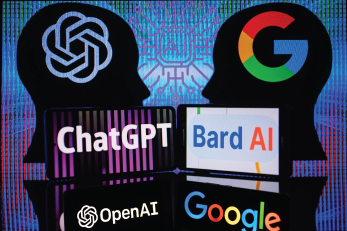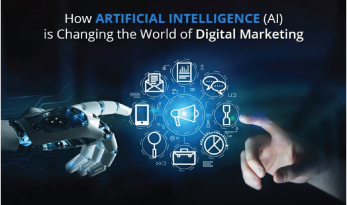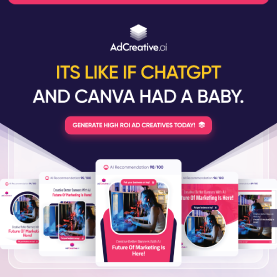Defining Creativity in Art
Creativity is often seen as a hallmark of human expression—the ability to imagine, innovate, and produce something that resonates emotionally or intellectually. Traditional art emerges from a confluence of cultural influences, personal experiences, and technical skills. But what happens when this process is performed by an algorithm?
AI art generators like Stable Diffusion and Blue Willow use machine learning to analyze vast datasets of existing artworks and generate novel images. They don’t possess emotions or intentions, yet they can produce pieces that intrigue, inspire, and even provoke. So, does this qualify as creativity?
The Argument for AI Art as “Art”
- Imitation Meets Innovation: While AI models rely on pre-existing datasets, their outputs are often unique combinations that go beyond mere imitation. This fusion of styles and concepts can lead to unexpected and compelling results.
- Expanding Artistic Horizons: AI tools provide artists with new methods to express their ideas, acting as collaborators rather than replacements. They allow creatives to push boundaries and explore possibilities they might not have considered.
- Emotional Impact: Ultimately, art is subjective. If an AI-generated piece evokes emotion or prompts reflection, can it be any less valid as art?
The Challenges of AI-Generated Art
- Authorship and Intent: One of the core aspects of traditional art is the artist’s intent. With AI, the “creator” is less clear. Is it the algorithm, the programmer, or the person guiding the tool?
- Originality vs. Derivation: Critics argue that AI lacks true originality, as its creations are derived from human-made data. Does this make AI art an advanced form of plagiarism?
- Ethical Concerns: The use of copyrighted works in AI training datasets raises questions about intellectual property and fair use, complicating the legitimacy of AI-generated art.
Computational Creativity: A New Perspective
Computational creativity challenges traditional notions of artistry by demonstrating that creativity doesn’t have to be exclusively human. It’s a process of generating ideas or artifacts that are novel, valuable, and surprising—all criteria met by many AI-generated works.
In the video, the capabilities of Stable Diffusion and Blue Willow highlight the collaborative potential of AI in the artistic process. These tools act as catalysts, enabling human creators to experiment, iterate, and refine their visions in ways that weren’t possible before.
Conclusion: Redefining Art in the AI Era
So, is AI art creative? The answer depends on how we define creativity and art. If we focus on intent and emotion, AI might fall short. But if we consider the outputs and their impact on audiences, AI-generated works undoubtedly qualify as art.
Rather than replacing human creativity, AI offers an opportunity to expand its boundaries. Tools like Stable Diffusion and Blue Willow are not just algorithms—they’re windows into a new realm of artistic exploration, challenging us to rethink the relationship between technology and creativity.
What do you think? Is AI art merely a reflection of human input, or is it a new form of creativity in its own right? Share your thoughts below.


